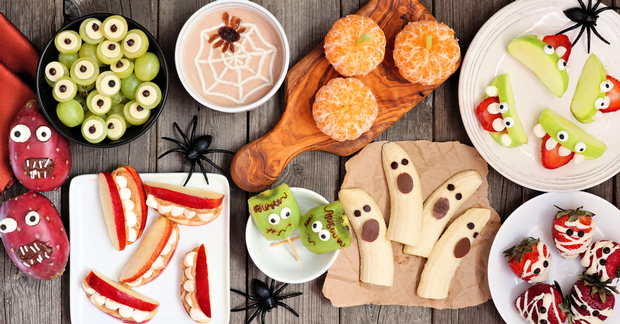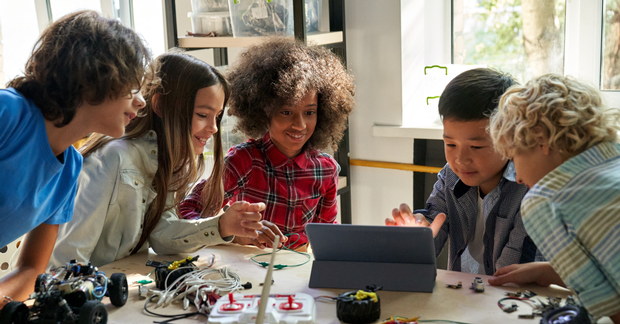Happy Holiday Type Tips for All
Happy holidays from People Stripes! May these type tips be our gift to you, bringing you peace, joy, and love, with the hope of acceptance this holiday season.

Happy holidays from People Stripes! May these type tips be our gift to you, bringing you peace, joy, and love, with the hope of acceptance this holiday season.

What are your kids' personality preferences and have you ever found yourself frustrated by them? In this month's article, Sandra Etherington shares how to shift your perspective to discover reasons to be grateful for your child's individual personality preferences.
Because people who prefer Extraversion tend to think "out loud" they sometimes say one thing but change direction quickly. A parent with a preference for Introversion might overreact to a comment too soon. When talking with a child who prefers Extraversion, if they express something that is perplexing, I usually ask first, "Is this a final thought or a thought still forming?" If it is a final thought, you can react. If it is a forming thought, you can wait for the final version before reacting.

We are excited to add a new article to our From the Kids series, because this time it is written by a kid! Please welcome Gracyn Nelson-Reid, a junior in university, who grew up in a home where personality type differences were understood and appreciated. She shares the value of family traditions during holidays and special events, like Halloween, as it relates to her personality type.

In the sixth article of the series, Personality Type and Social Emotional Learning, Yvonne Nelson-Reid highlights how Social Awareness, along with an understanding and appreciation of type differences, can make way for the constructive use of these differences. Differences often drive us apart, but valuing these differences can unite us and instill greater compassion and empathy for others.